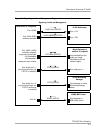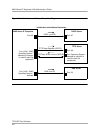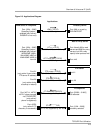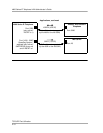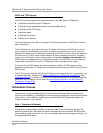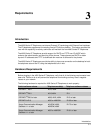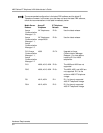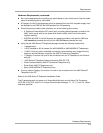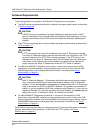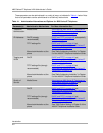
Overview of Voice over IP (VoIP)
Initialization Process
2-15
Step 2: DHCP Server to Telephone 2
The DHCP server provides information to the telephone, as described in DHCP and TFTP
Servers, on page 2-14. Among other data passed to the telephone is the IP address of the TFTP
server, which is crucial for the next step.
Step 3: Telephone and TFTP Server 2
The telephone queries the TFTP server, which transmits a script file to the telephone. This script
file, at a minimum, tells the telephone which application file the telephone should be using (the
application file is the software that has the telephony functionality, and can be easily updated for
future enhancements).
The telephone uses the script file to determine if it has the proper application file. A newly-installed
telephone may have no application file, and hence may not have the proper one. A previously-
installed telephone may or may not have the proper application file. In any event, if the telephone
determines it does not have the application file the script file says the telephone should have, the
telephone requests a download of the proper application file from the TFTP server. The TFTP
server then downloads the file and conducts some checks to ensure the file was downloaded
properly. If the telephone determines it already has the proper file, it proceeds to the next step
without downloading the application file again.
After the application file has been checked and loaded, if appropriate, the 4600 Series IP
Telephone also uses the script file to determine if there is a settings file containing options you
have administered for any or all of the 4600 Series IP Telephones in your network. For more
information about this settings file, see Administering Options for the 4600 Series IP Telephones,
on page 4-30.
Step 4: Telephone and the Avaya Media Server 2
In this step, the telephone and the PBX exchange a series of messages which cause the display
on the telephone to prompt the user. For a new installation, the user must enter the telephone’s
extension and the media server password. For a restart of an existing installation, this information
is already stored on the telephone, but the user may have to confirm the information. The
telephone and the switch exchange more messaging, with the expected result that the telephone
is appropriately registered on the switch.
More details about the installation process are available in the 4600 Series IP Telephone
Installation Guide and in Chapter 3, Requirements, on page 3-1
of this document.



